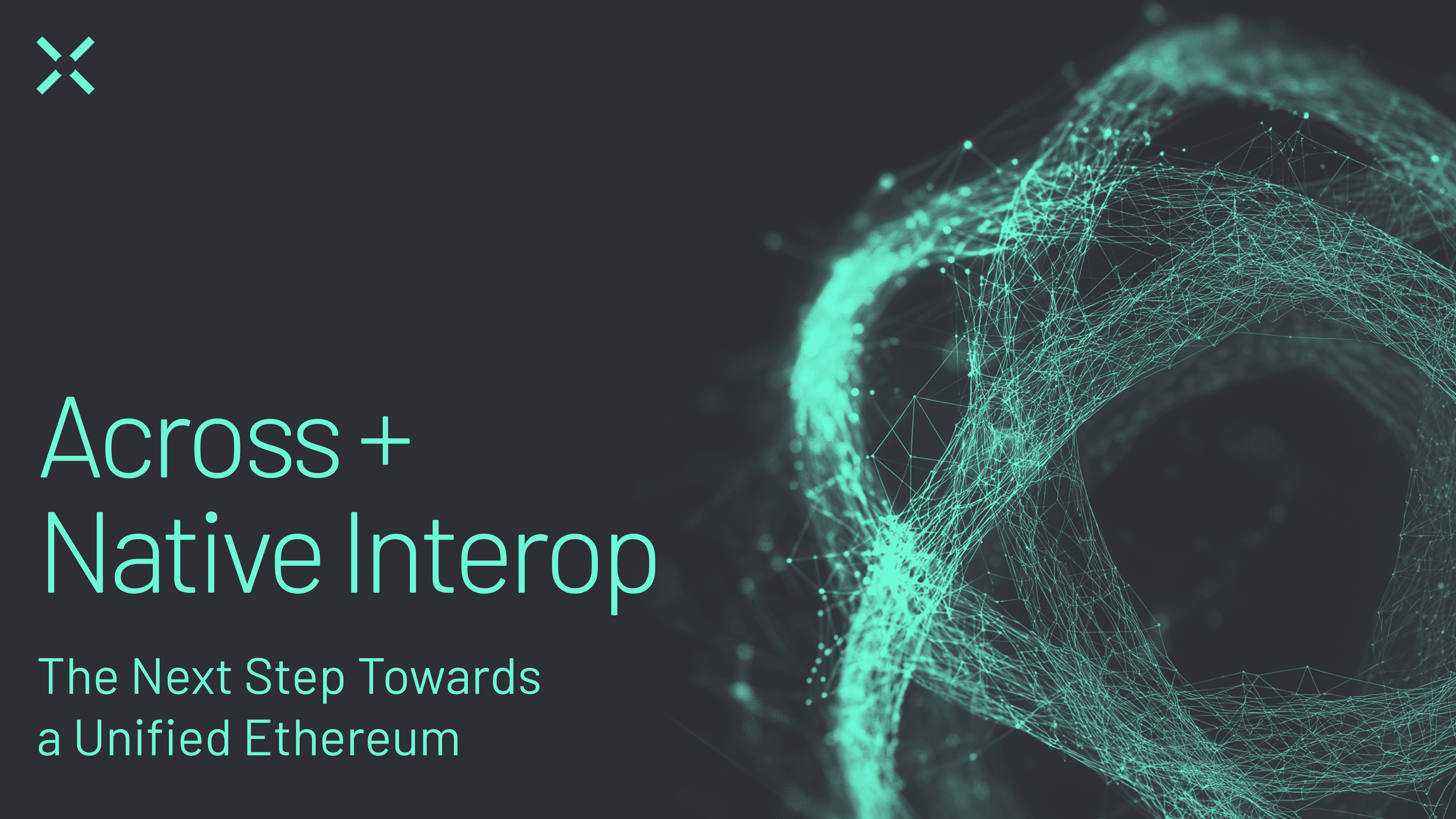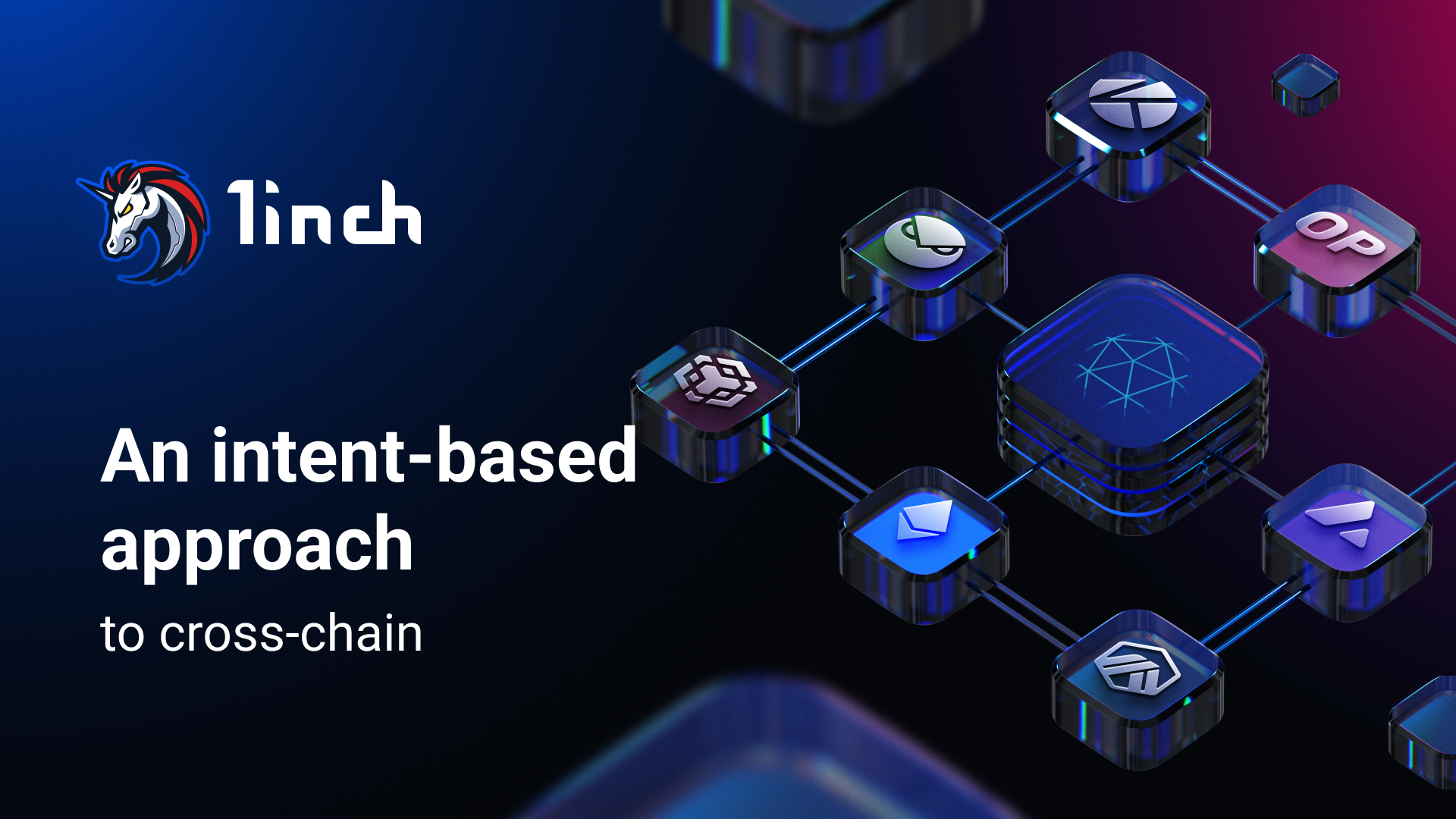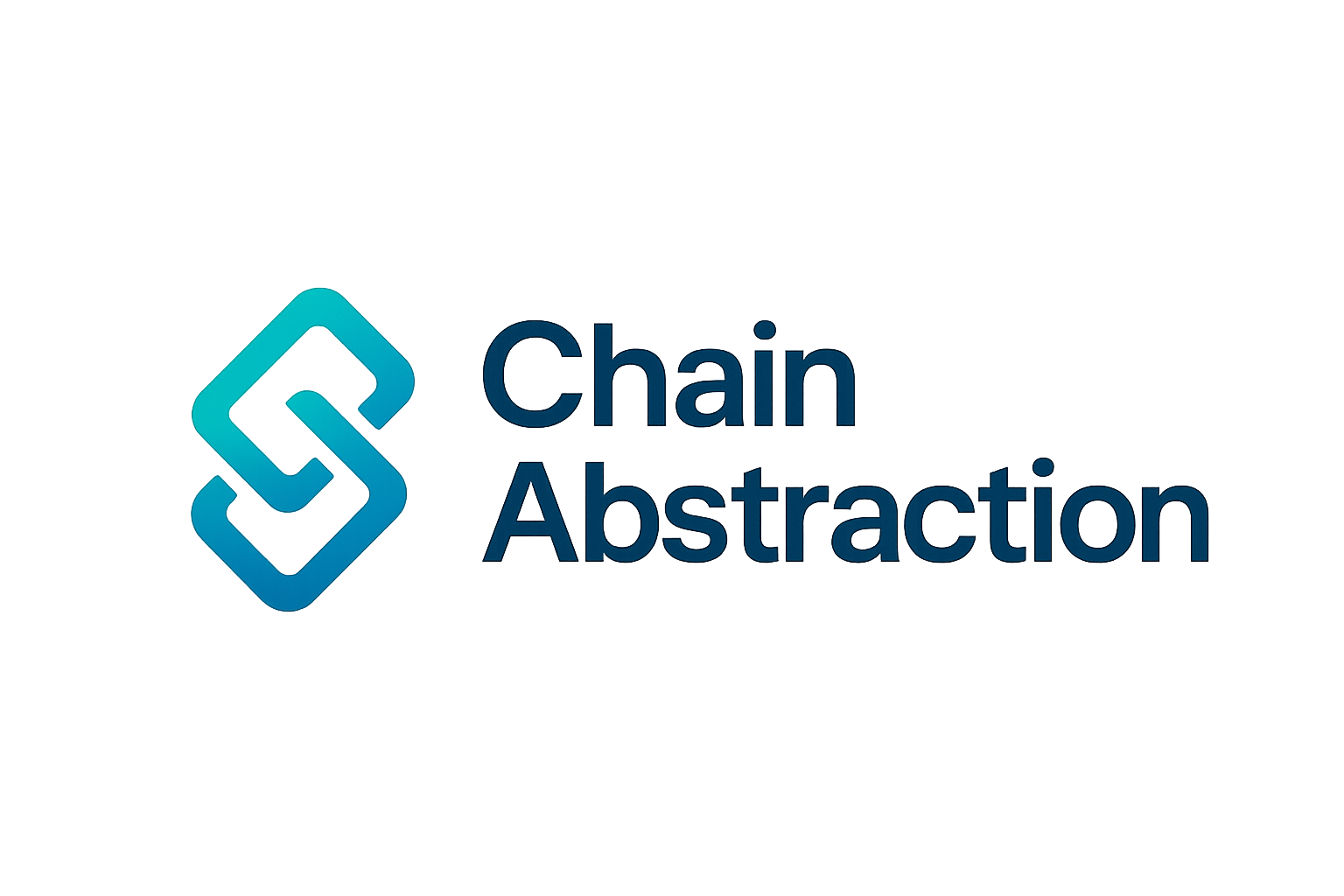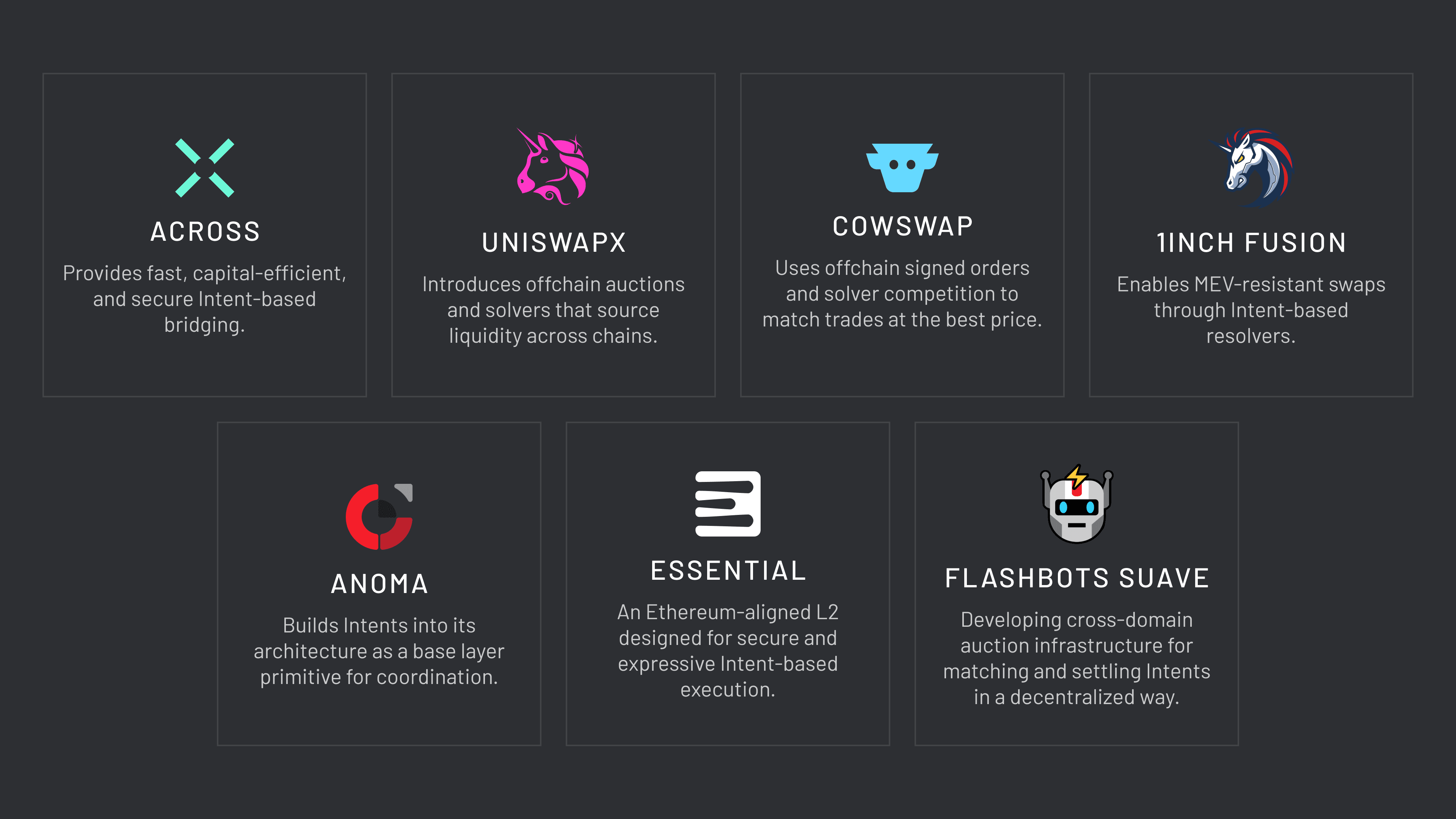
For years, cross-chain transactions have been synonymous with friction. Users were forced to navigate a maze of bridges, swap interfaces, and wallet confirmations just to move assets from one blockchain to another. This fragmented experience not only deterred mainstream adoption but also introduced unnecessary risk and complexity. Now, a new paradigm is emerging: intent-based cross-chain UX. By allowing users to simply state what they want, rather than how to achieve it, intent-driven systems are setting a new bar for blockchain user experience.

From Technical Steps to User Outcomes: The Intent Revolution
Intent-based cross-chain architectures fundamentally shift the focus from technical execution to user-defined outcomes. Instead of manually orchestrating token swaps across different networks, users can now declare their goal, such as “Send 50 USDC from Ethereum to Arbitrum”: and let the system handle the rest. This approach abstracts away the multi-step processes that previously required deep technical know-how.
The user’s intent is broadcasted as a signed set of constraints. Specialized actors known as solvers or resolvers then compete to fulfill this intent in the most efficient and secure way possible. Platforms like 1inch’s Fusion and , Across Protocol, and Mitosis are already implementing these models, enabling next-gen dapp UX that is both intuitive and robust.
Key Benefits of Cross-Chain Intent Layers
Top 5 Benefits of Intent-Based Cross-Chain UX
-

Simplified User Experience: Intent-based systems let users specify their desired outcome (e.g., receiving 50 USDC on another chain) without managing complex steps or technical details, making cross-chain actions intuitive and accessible.
-

Seamless One-Click Transactions: Platforms like Across Protocol enable users to execute cross-chain transfers and dApp interactions in a single step, reducing friction and streamlining the process.
-

Optimized Execution and Cost Efficiency: Specialized solvers or resolvers (as used by 1inch Fusion+) compete to fulfill user intents via the most efficient route, often resulting in faster transactions and lower fees.
-

Greater Interoperability and Flexibility: Intent-based architectures, like those adopted by Mitosis, allow users to interact with multiple blockchains and liquidity sources seamlessly, unlocking new possibilities for DeFi and dApp usage.
This architecture unlocks several advantages compared to traditional bridge-based systems:
- Simplicity: Users interact with a single unified interface, focusing on their desired outcome instead of technical steps.
- Optimized Execution: Solvers leverage both on-chain and off-chain liquidity, sourcing the best rates and minimizing slippage.
- Enhanced Security: By abstracting away specific bridging routes, users are less exposed to failed transactions or exploits.
- Reduced Friction: One-click crosschain actions eliminate repetitive confirmations and manual network switching.
- Resilience Against MEV: Some platforms shield users from front-running and sandwich attacks by letting resolvers manage execution behind the scenes.
The Architecture Behind Seamless Cross-Chain Interactions
The magic behind next-gen dapp UX lies in the architecture of these systems. At its core is an intent layer that sits above individual blockchains. When a user submits an intent (for example, swapping tokens or depositing into a dApp on another chain), this layer orchestrates all necessary steps, bridging assets, executing swaps, interacting with smart contracts, without further input from the user.
This model is being standardized through initiatives like ERC7683 (source), which aims to create universal protocols for routing intents across solver networks. As more developers embrace these frameworks, we can expect rapid improvements in interoperability and security across decentralized ecosystems.







